I thought I’d try testing five medium telephotos — 85 and 90 mm focal lengths — on the Sony alpha 7 Mark II, aka the a7II. The lenses:
- The delightfully diminutive Zeiss 85mm f/4 ZM (Leica M mount) Tele-Tessar. Slip this beauty on the a7II and you’ll have a tiny, inconspicuous package. Can it deliver the goods? We shall see.
- At the other end of the scale, the Zeiss 85mm f/1.4 Otus. Guaranteed to strain your wrist after a day of handheld shooting. Expensive. Worth all the aggravation and dough? Stay tuned.
- Costing about the same as the big Zeiss gun, but positively svelte by comparison, the Leica 90mm f/2 Apo Summicron-M ASPH.
- Nikon’s fast medium tele, the AF-S Nikkor 85mm f/1.4 G.
- An oldie-but-used-to-be-a-goodie, the inexpensive Tamron SP AF Di 90mm f/2.8 Macro. This is the one with a real aperture ring, not the current G version. You can buy this lens used on eBay for less than three hundred bucks.
Do you wonder if business schools have workshops for product managers in lens naming?
Rather than do numbers, I thought I’d pick my usual natural scene.
Here it is at f/4 with each of the lenses, so you can get some idea of the overall rendering:
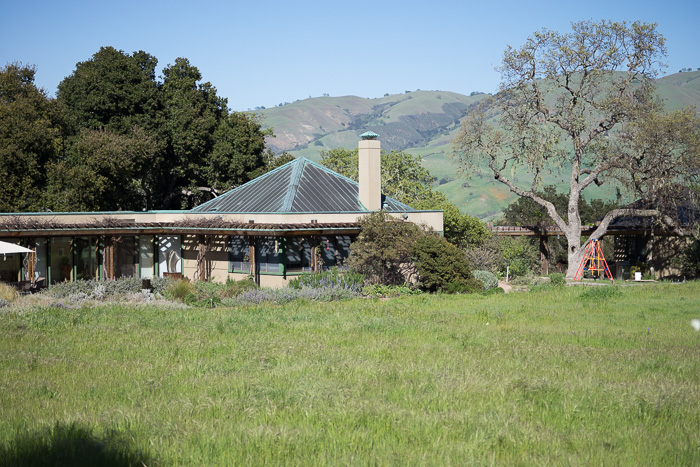
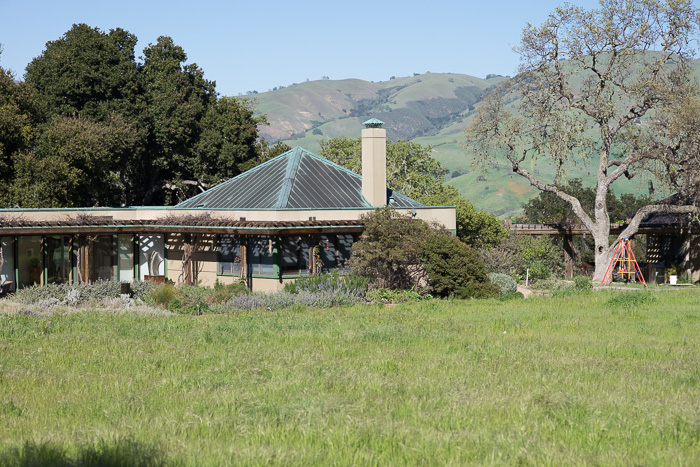

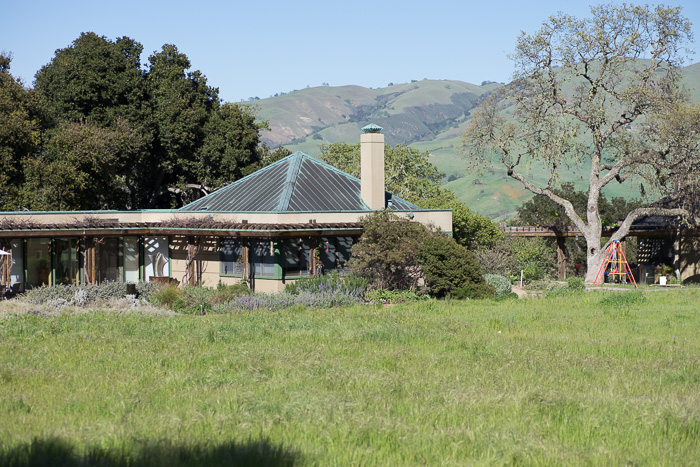

A word about the exposure. All the lenses save the Nikkor have aperture rings, so I used manual exposure. Therefore all the images from all the lenses at the same f-stop were exposed at the same shutter speed. The Nikkor is a G lens, which means it has no aperture ring. I used an uncalibrated Novoflex adapter to control the aperture, putting the camera in aperture exposure mode and stopping the lens down under I saw the right shutter speed. As you can see by the fact that the image is darker, that didn’t work perfectly. Therefore, the Nikkor f-stop was probably closer to f/4.5 or f/5.
I used Lightroom’s default settings. Any color differences that you see are the result of the lenses having different coatings. I didn’t use lens hoods for any of the shots, not wanting to turn this into a lens hood test, but the sun was at my back, so it was not a situation where you’d expect a hood to make a big difference.
I turned IBIS off, and used the three second self timer to trigger the shutter, which was in EFCS mode.
Center crops at 2:1 from the f/4 images:
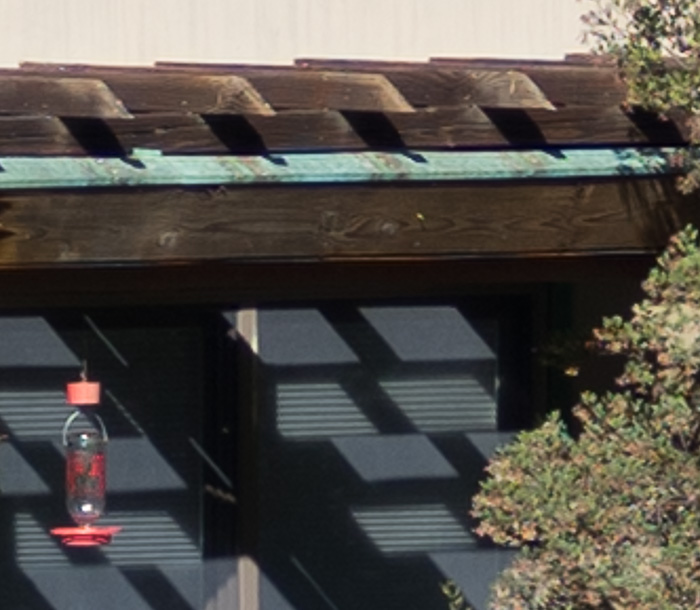
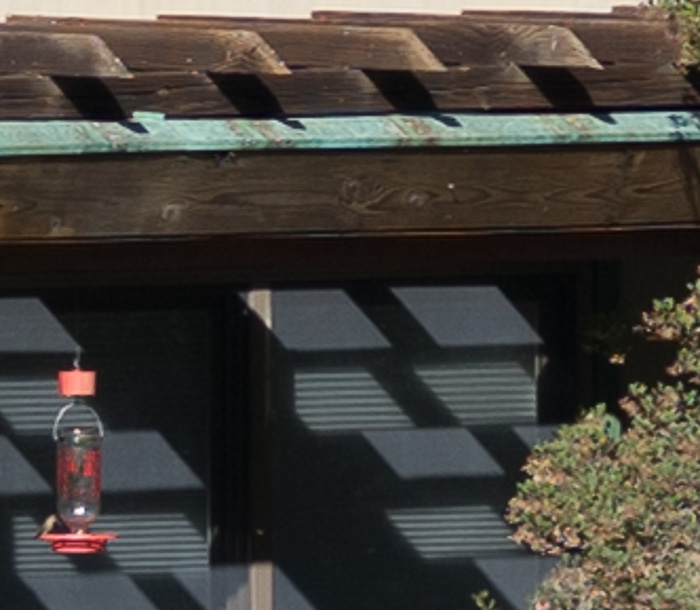
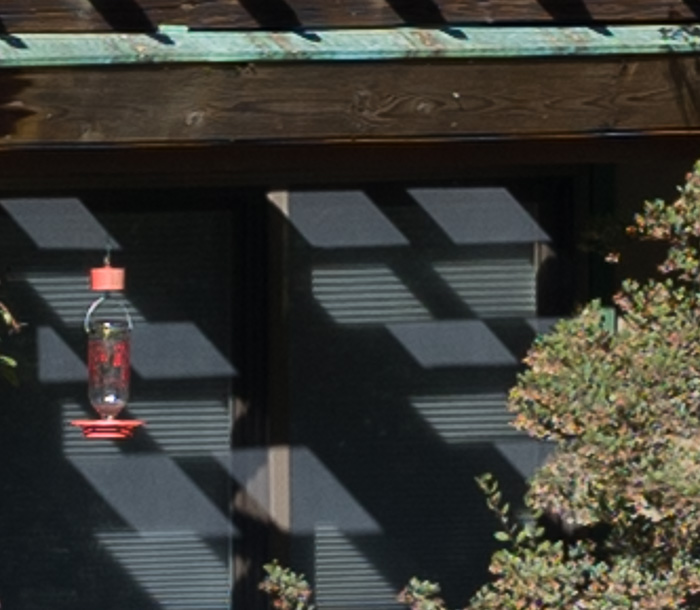


This is not a particularly difficult test for any of the lenses. The Otus does the best, with the Leica in second place, with the other three trailing slightly, at about the same quality.
Will the corners be similarly close? Let’s have a look:
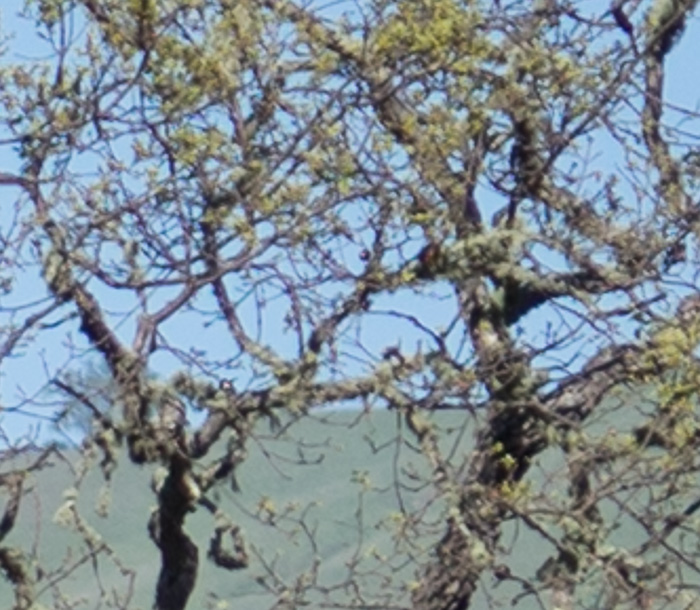
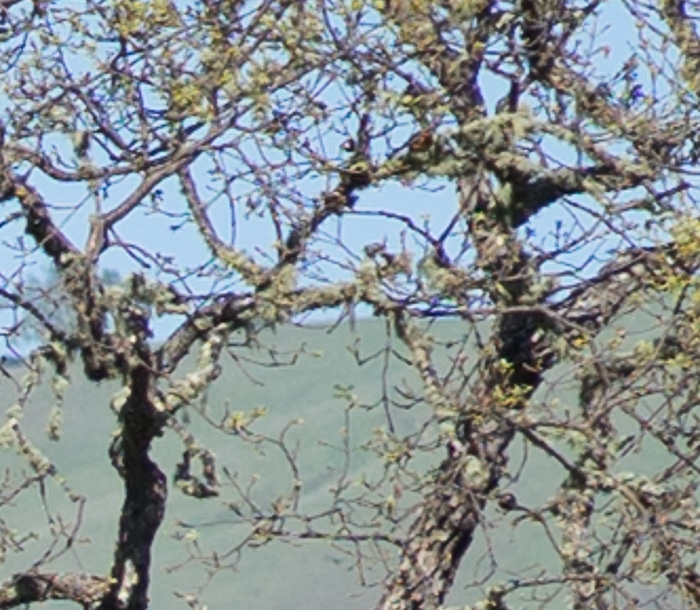

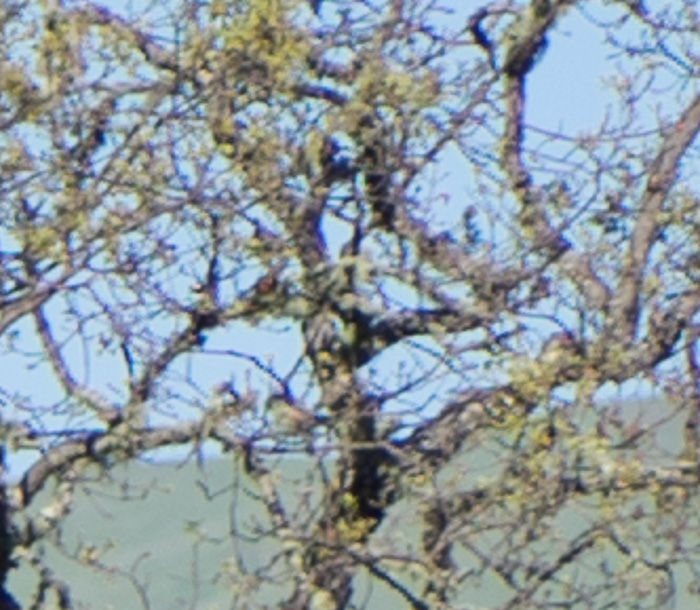

The Leica and the Otus are the pick of the litter here, with the Summicron looking crisper. There is almost an etched quality to the Summicron image; the Lr default sharpening settings may be too high for this lens at this stop. The little Tele-Tessar is next, with a really lovely rendering. Then it’s the Nikkor and the Tamron.
Keep in mind that you’re looking at 2:1 blowups. These are all nice lenses at f/4.
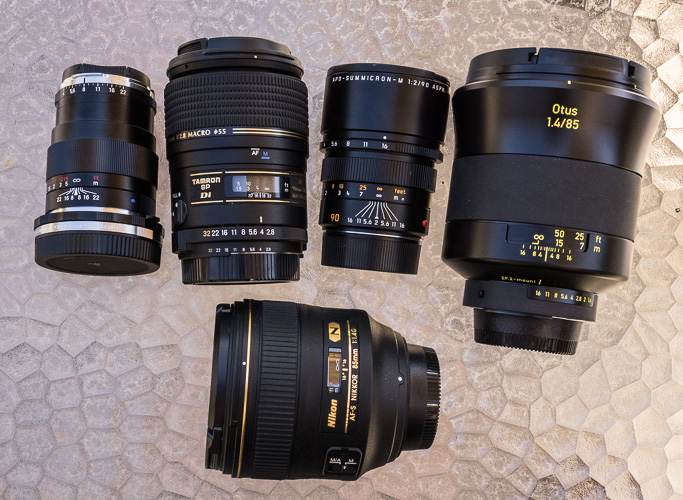
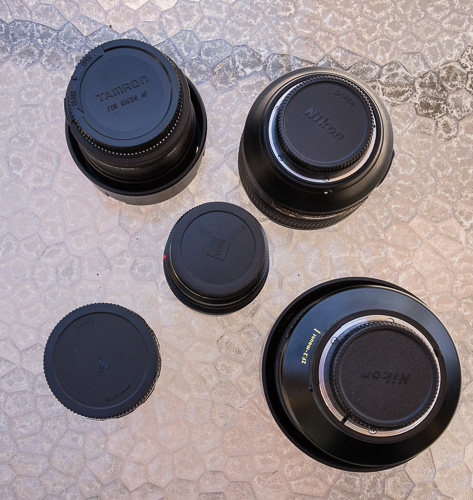
For lenses with a focal length of 50mm or longer, among the quality brands and leaving well known ducks aside, I now base my decisions on aesthetics (Leica always wins), size (Leica frequently wins), weight (Leica wins) and price (Leica always loses). Leaves me with the Olympus OM Zuiko lenses I know from my film days.
It’s interesting to see the angle of view differences. The Tele-Tessar and Nikkor are widest, the Otus and Tamron are in the middle, and the Leica is the longest.
Secondly, I wish I could throw my Zeiss C/Y 85/2.8 into the mix…my absolute favorite lens.